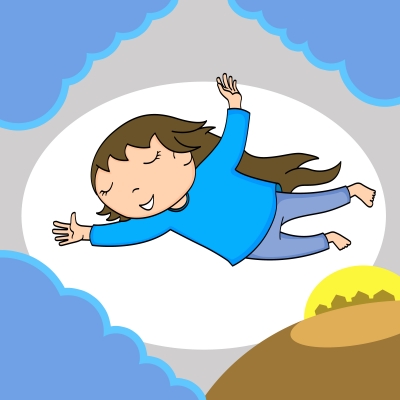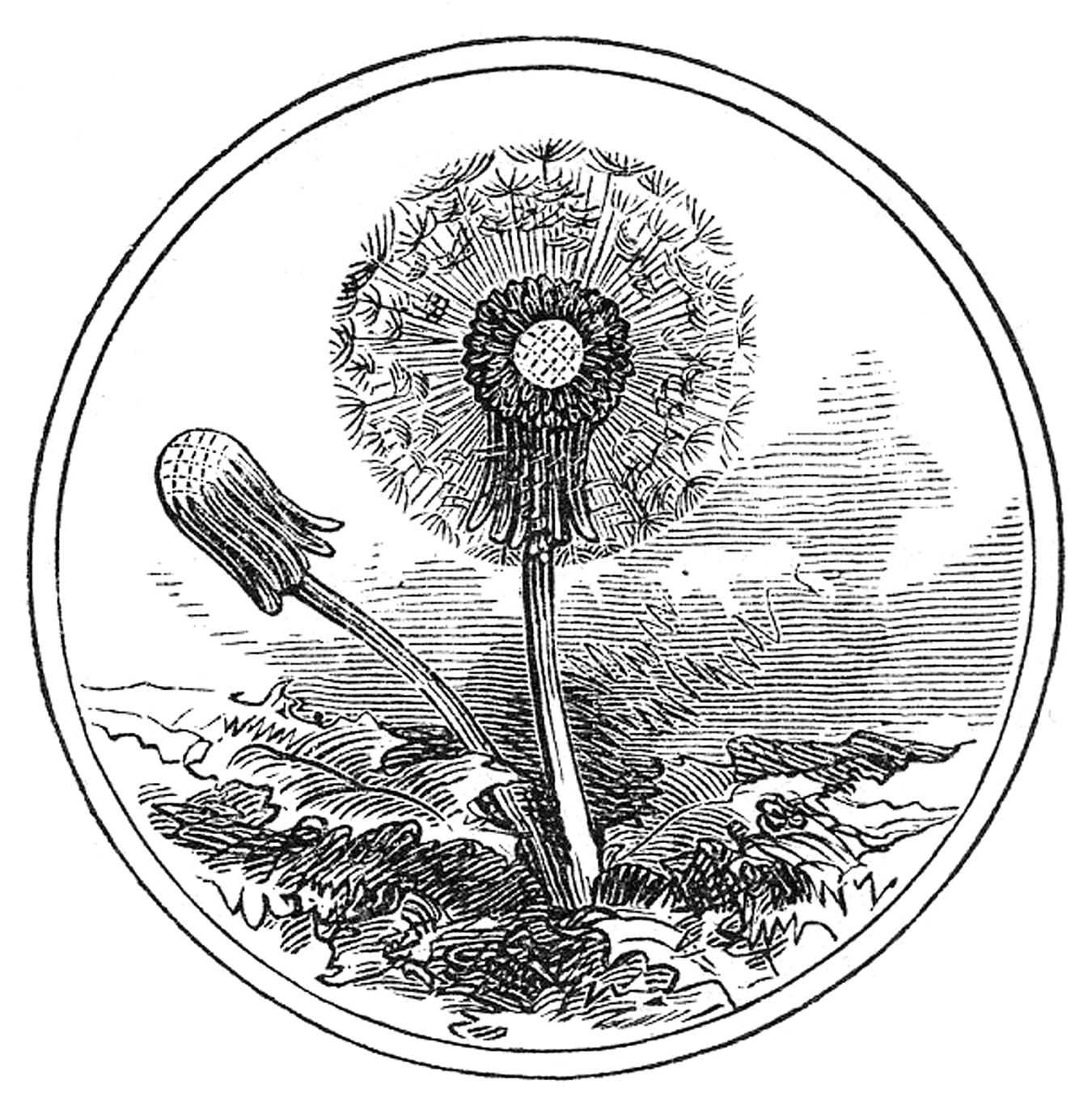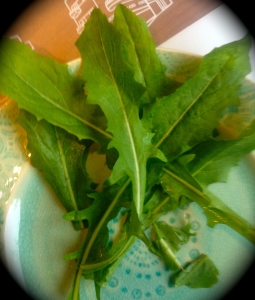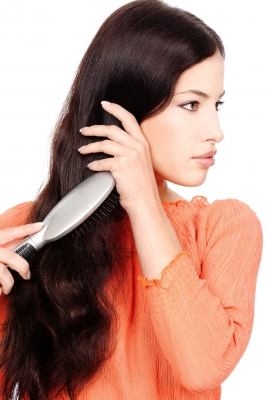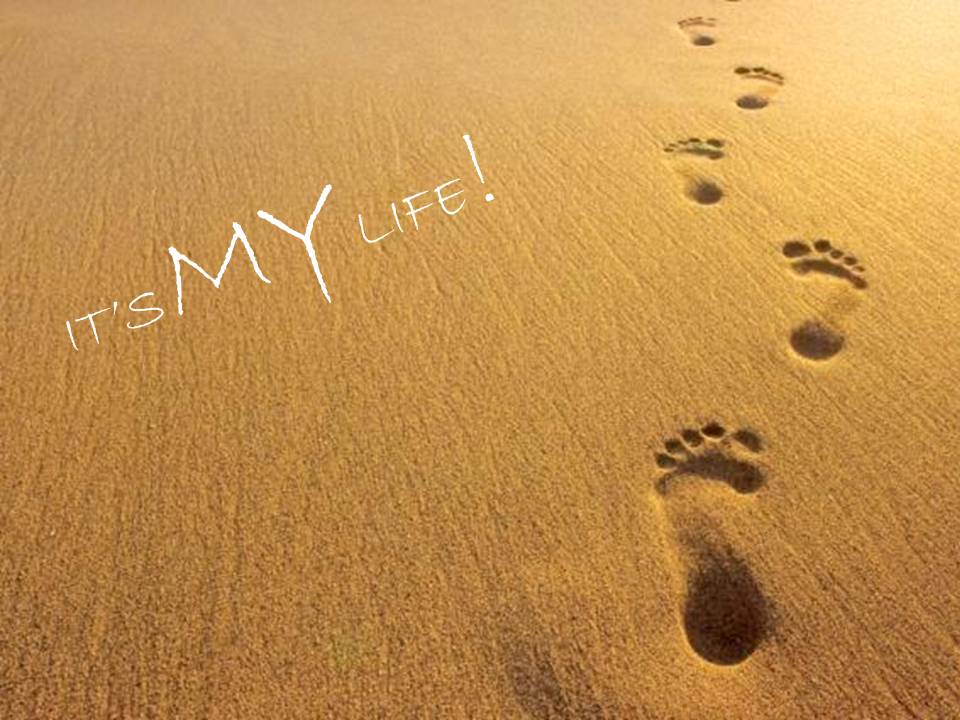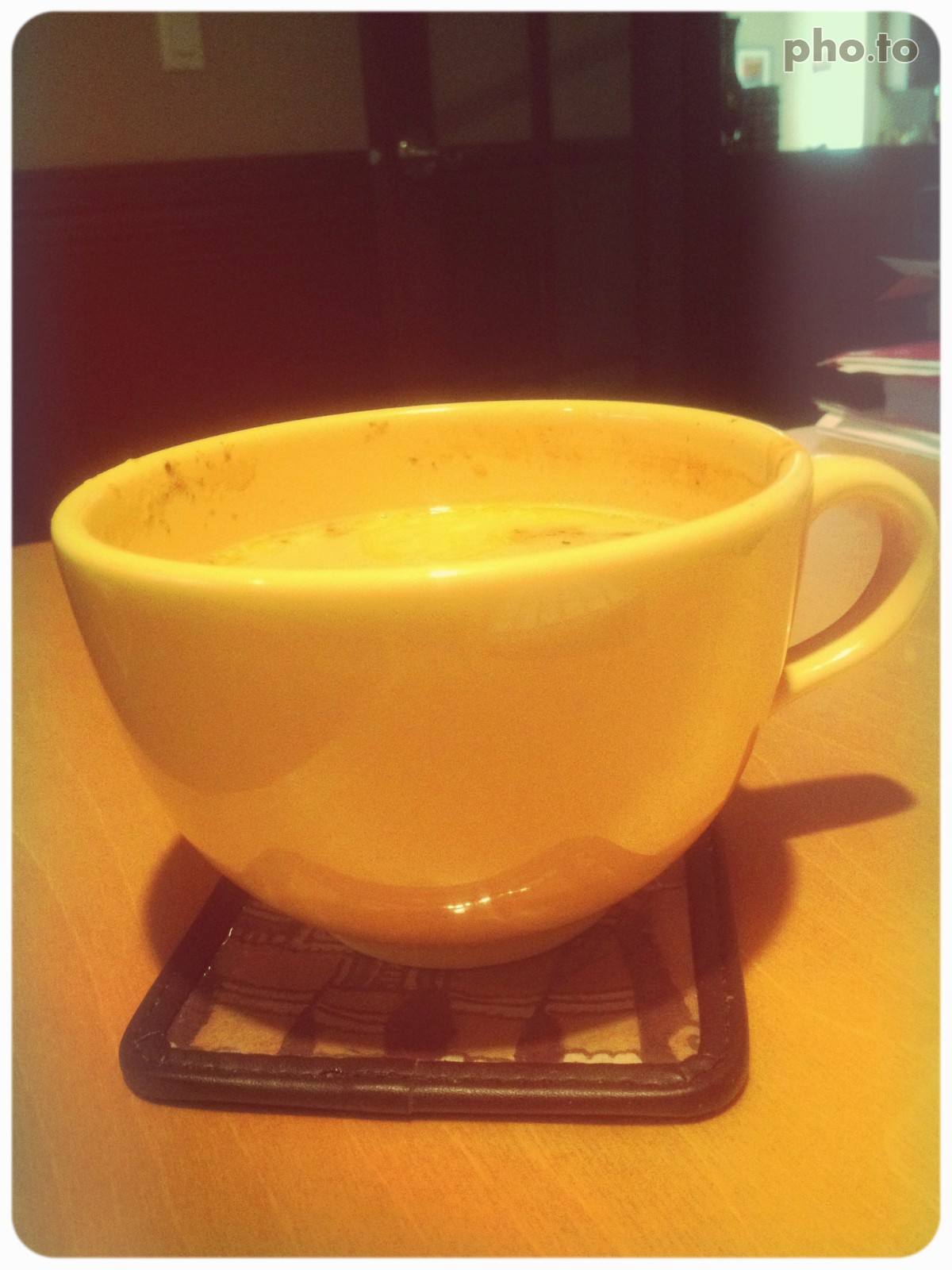A January 2015 study published in the prestigious Journal Neuroscience established a firm connection between metacognition and lucid dreaming. Metacognition is the brain’s ability to think about thinking. Lucid dreaming is a state of dreaming where the dreamer is aware that she/he is dreaming. Not only is the dreamer aware that he or she is dreaming, but the dreamer can actually steer the dream in a direction that he or she wishes to go by manipulating conditions in the imaginary confines of that dream. Sounds like a science fiction movie, doesn’t it?
A buzzword in recent times, metacognition is emphasized for success in the world, all the way from classrooms to boardrooms. A 2012 blog post in the Harvard Business Review proposed that metacognition was a skill that every global leader needed. Educational psychologists stress that higher order thinking and metacognitive abilities lead to successful learning. A metacognitive learner is more conscious, perceptive, reflective and aware of her/his progress along the learning path.
The fascinating study done by researchers at the Max Planck Institute for Human Development and the Max Planck Institute of Psychiatry reported that lucid dreamers had both a bigger anterior prefrontal cortex, and also higher levels of activity in that area of the brain. The anterior prefrontal cortex of the brain is responsible for complex cognitive processes, such as self-reflection, which is basically the ability to think or meditate upon about one’s thinking, behavior and actions, also known as metacognition. Commenting on the results of the study, lead researcher Elisa Filevich said, “Our results indicate that self-reflection in everyday life is more pronounced in persons who can easily control their dreams.”
An earlier study from the University of Lincoln in the United Kingdom concluded that lucid dreamers were more insightful and better at problem solving. The researchers said, “This suggests that the insight experienced during the dream state may relate to the same underlying cognition needed for insight in the waking state.”
Artists, Metacognition and Lucid Dreams
Artists have intuitively known that the shape of their dreams has a profound effect on the shape of their art and life. Reflect on these quotes that were said or written at least decades before the above-mentioned studies were conducted.
“Our truest life is when we are in dreams, awake.” – Henry David Thoreau
“You’re never given a dream without also being given the power to make it true,” – Richard Bach
“I dream my painting and I paint my dream.” – Vincent van Gogh
“To concern ourselves with dreams is a way of reflecting on ourselves-a way of self-reflection.”- Carl Jung
“We are such stuff as dreams are made on, and our little life is rounded with a sleep.” – William Shakespeare
To Sum it Up
Our sleeping and wakeful states are inextricably linked. It may seem like a no brainer but it has to be said, awareness during wakefulness translates to awareness while dreaming. Conscious focus is a hallmark of both of these states. If lucid dreaming leads to metacognition, metacognition in turn leads to lucid dreaming. Our nighttime meanderings inform and illuminate our daytime paths. Lucid dreams may be key to bringing ‘you’ back to yourself.
So can you teach yourself to lucid dream? The Internet is full of tips and techniques, but the first tip is already available in the above-mentioned study, start reflecting on your thoughts when you are awake. It helps “to sit on a rock … and ask, ‘Who am I, where have I been, and where am I going?”(thanks Carl Sandberg)
Paying attention to your dreams and keeping a dream journal also help.
Sweet (lucid) Dreams!
Sources:
- Journal Neuroscience; Metacognitive Mechanisms underlying Lucid Dreaming.
- Medical Daily; Lucid Dreaming Associated With More Pronounced Self-Reflection In Everyday Life
- Medical Daily; Lucid Dreamers Benefit From Insightfulness, Have Better Problem Solving Skills
- Harvard Business Review; A Skill that Every Global Leader Needs
- Goodreads; Dreaming Quotes
